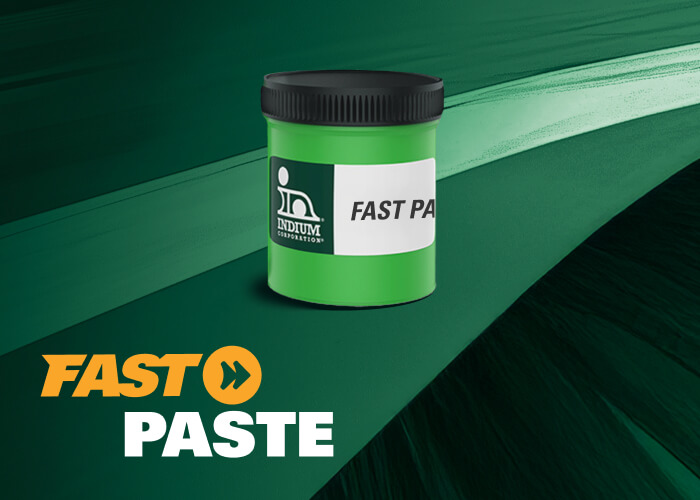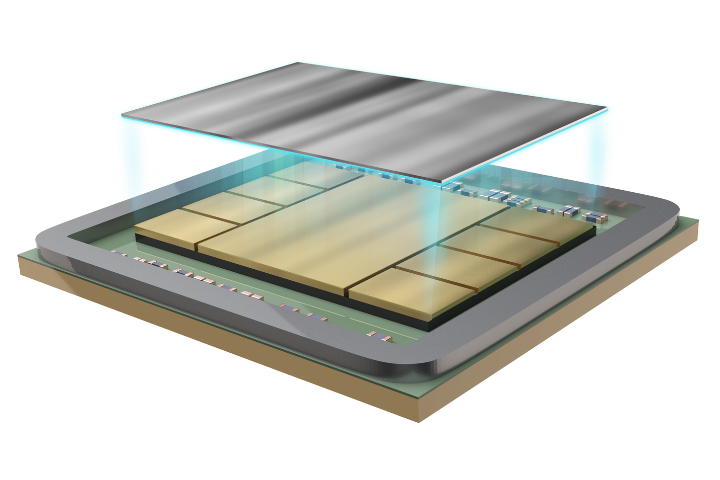From the year 2000 to 2006, I spent a significant amount of time working with customers who were trying to make the conversion of their electronics assembly solder paste from Sn/Pb to Pb free. Today, with much of the consumer electronics industry converted to Pb free, in some cases it can be debated that it is easier to “go with the flow” rather than resist the change.
A major challenge facing today’s Sn/Pb assemblers is the limited availability of Sn/Pb components. Why is this an issue? The first is the concern of Sn whiskers when components are plated with pure Sn (the popular alternative to Sn/Pb). This is a potential reliability issue specifically for assemblies that are required to last many years. The second problem is with BGA components. For Pb free, they are typically bumped with Sn/Ag/Cu solders. These solders melt at 217 C which is typically higher than the peak reflow temperature of Sn/Pb. If your BGA supplier no longer sells the Sn/Pb version, you could be forced into a mixed alloy system which is probably less reliable than all Sn/Pb or all Pb free.
The Sn whisker challenge can be addressed with a number of mitigation techniques, but if you are building something with extremely high reliability requirements, you are better off staying Sn/Pb. From the BGA perspective, you are probably better off going to Pb free to avoid the mixed alloy system.
I remember talking to companies that were ecstatic that they were building something that was exempt from RoHS legislation. Unfortunately, today they face a new set of challenges that weren’t there a couple of years ago.



